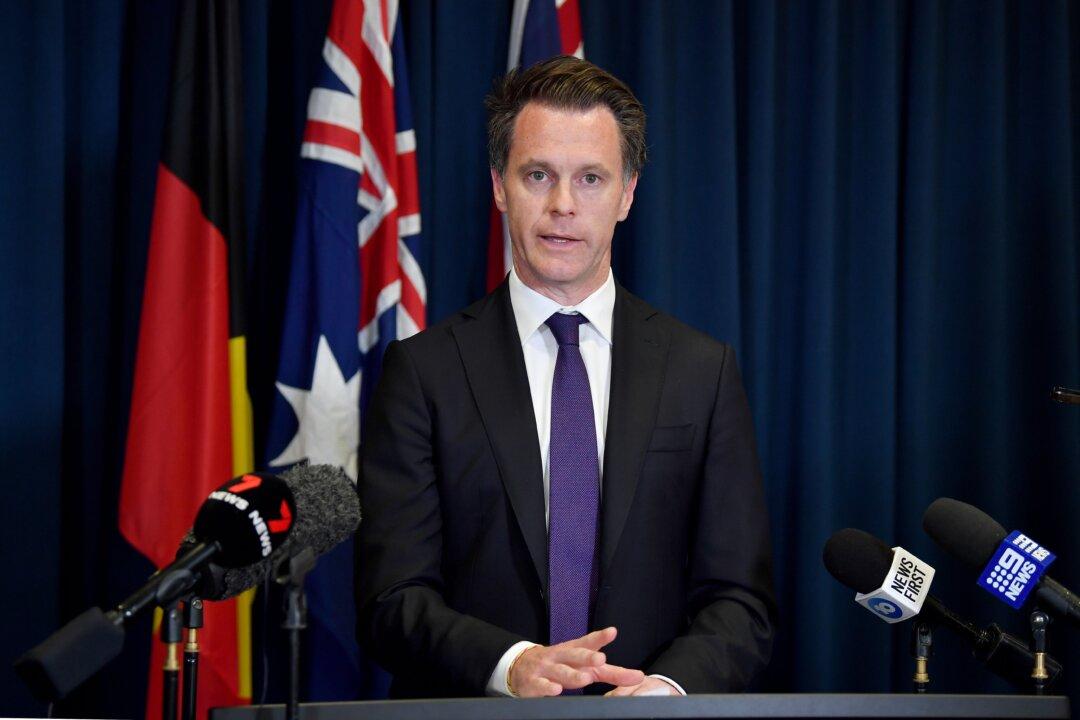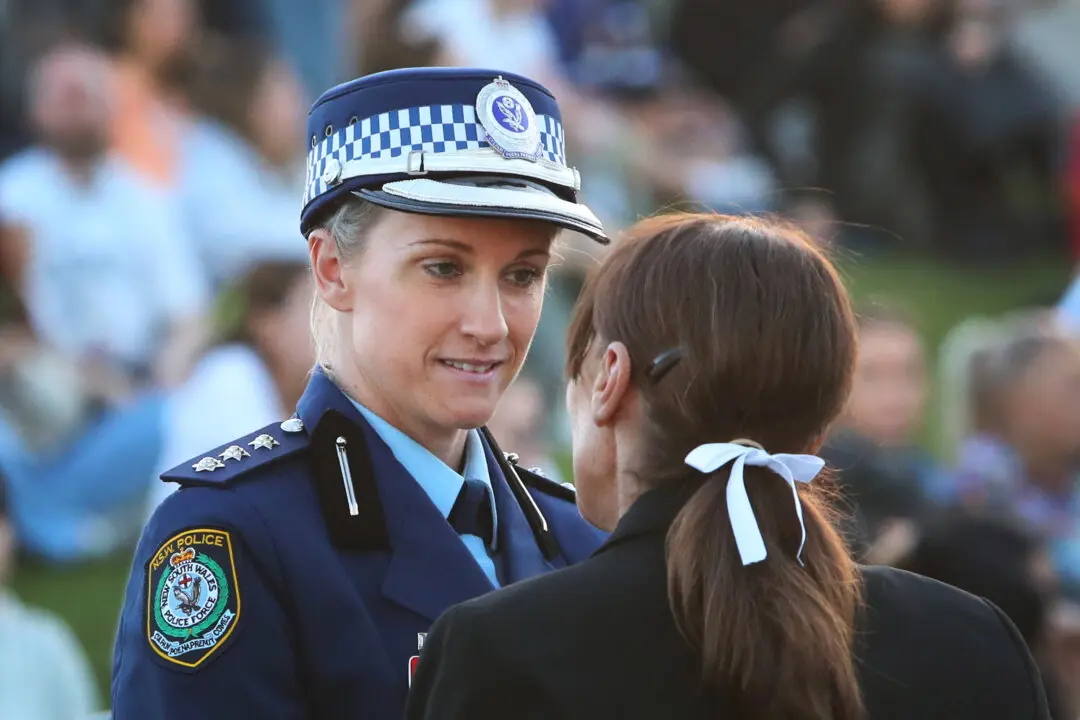New South Wales (NSW) taxpayers will foot more than $1.3 million (US$871,000) in redundancy bills paid to three sacked senior executives after Premier Chris Minns swung the axe through the public service.
The most senior officials in Treasury, Education and Transport will each receive about $450,000 (US$302,000) in payouts after the newly elected government showed them the door within weeks of taking power, adding further strain to the state’s finances.





